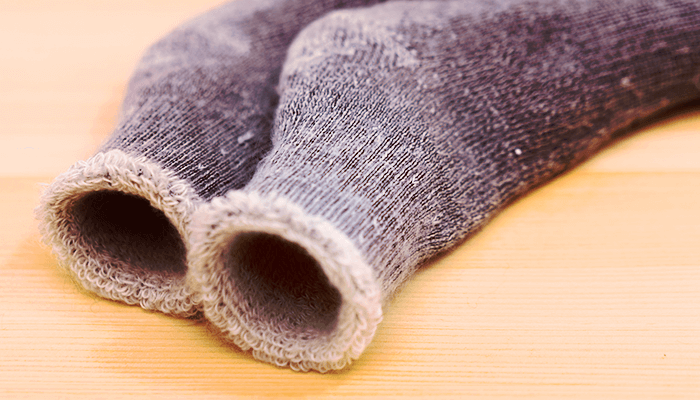
Review: THERMOHAIR SOCKS The most favorite blissful socks this winter
table of contents
Merino wool wasn't the only material for socks.
Merino wool has become the most popular material used in socks in recent years. Comparative tests conducted on this site have also proven their high quality. In addition to its excellent temperature control performance, being cool in summer and warm in winter, it is also durable, supple, and natural antibacterial properties, these many of these charms make it perfect for socks. Thus I concluded that "merino wool is the only option for socks all year round." Until last year.
However, the outdoor world is still wide. I never thought that a single sock that arrived at the editorial department would be the most frequent piece of clothing this winter.
The name of the socks is THERMOHAIR. What's new and amazing about these socks, woven with Kid Mohair, the rarest class of angora goat hair (mohair). I'd like to review it right away.
Detailed review
Item name (reference price)
THERMOHAIR SOCKS *Photo shows regular socks (reference price: 4,320 yen)
Main Specifications and ratings
| item | Specifications and ratings |
|---|---|
| material | Mohaya - 68%, Nylon - 32% |
| Antibacterial and deodorizing effect | For now ◯ |
| Comfort | ★★★★★ |
| Support | ★★☆☆☆ |
| Cushioning | ★★★★☆ |
| Thermal insulation | ★★★★★ |
| Breathability | ★★★☆☆ |
| Quick drying | ★★☆☆☆ |
| Overall score | ★★★★☆ |
This is amazing!
Abnormal comfort and cushioning
If you were to explain to someone how great these socks are, you wouldn't be confused. Without saying anything, they should try touching this lining first. The moment you touch it, you feel a smooth, endlessly gentle feel to the touch that you've never encountered before .
The secret is of course in this material. The "kid mohair" used in these socks refers to a very rare fiber that is only harvested from baby goats under one year old, among the hair (mohair) found from Angola goats.
Unlike wool, mohair is less frizzy and has smaller scales on the surface of the hair, known as scales (photo). So it feels smooth and smooth to the touch . Furthermore, kid mohair is thinner and softer than regular mohair, so the difference is clear when compared to merino wool, which is generally said to have thinner and softer fibers than mohair. It's truly addictive.
Furthermore, the excellent elasticity of not twitching even when stretched 30% from the original length, and the extremely long pile pile of 5mm allow for high cushioning and a comfortable feel . For reference, we have posted a photo comparing the thickest type of merino wool, Smart Wool Mountaineering (photo left), which is a classic winter staple, and the classic spring-to-Autumn Smart Wool PhD Outdoor Heavy Crew (photo right). Thermohair is the longest pile, but overall the Mountaineering is more packed and slightly thicker, and has the highest cushioning properties, with thermohair being just as cushioned as the PhD heavy on the right.
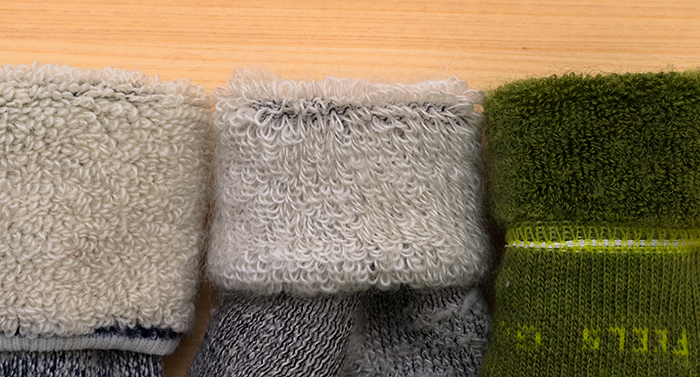
Since the eyes are less clogged than the mountaineering (left) of Smart Wool, it has less cushioning, but compared to the PhD heavy (right), the overwhelmingly larger pile fabric provides almost the same cushioning.
Excellent heat retention and moisture absorption
Angola goats can live in cold regions such as Tibet and the Himalayas, and their fibers are highly insulating, do not transmit outside temperatures and prevent body temperatures from escaping. From what I've researched, it seems that it is not generally more heat-retaining than wool, but when it comes to these socks, not only are the quality of the kid mohair itself, but also the air insulation layer is efficiently generated by 5mm pile knitting, making it difficult to maintain heat . I realized the high heat retention power inside a tent in February when I compared the thickest socks, Smartwool Mountaineering Surprisingly, the less thick thermohair has been able to retain heat, which is completely comparable to the mountaineering, which we had previously considered to be the "hottest"!
However, just like wool, mohair is highly absorbent, and has natural temperature and humidity control functions, making it cool in the summer and warm in the winter . Even if you sweat, your socks are always smooth inside.
Durable, long lasting, easy to care for
Mohair fiber, also known as "diamond fiber," is said to be the sturdy fiber of all animal hairs around the world. According to the manufacturer, when the socks were completed, a word from the retailer said, "You won't sell socks like this strong socks! Make them socks that will tear quickly." It is true that even after using it for over a month, it only produces some pilling, and I don't particularly notice the durability itself. By the way, if you wear it for a while, the pile on areas where the heels and toes are subjected to strong loads will collapse, but unlike the essential deterioration, it does not affect heat retention or breathability (I also checked it out by inquiring about it).

The collapse of the pile seen on the heel is free from any problems with both heat retention and cushioning.
And what's more, it's very helpful that there's no need to handle delicately like down or high-quality natural fibers. Basically, just like the latest merino wool, you can just turn it over, put it in a net, and throw it in the washing machine, so there's no problem ( detailed care instructions are available on the manufacturer's website ). Some Amazon reviews said that the threads of these socks would fall out when washed, but this is a "loose hair" left behind during the manufacturing process, which is a different story from the quality. It always comes out at first, and if you handle it according to the manufacturer's instructions, it will eventually disappear.
This is not good
Support
Compared to other outdoor socks, I was concerned that the technical specifications that support stable walking are weak. Today, many outdoor sock manufacturers are working on this weak specification, which controls the pressure and cushioning from the toes to the instep, arch, heels, and ankles to improve the fit and hold, so it is undeniable that there are a few ways to deal with more active movements, reduce shifting and stabilize them, and reduce fatigue.
Compared to the lineup, Walker's Fit is designed to focus on fit that is most resistant to movement, but the pile is woven with a slightly thin thread, which is a shame that the regulars have less feel and heat retention. It's great if the regular thickness and length have the fit of a Walker's fit.
price
Unfortunately, the prices are not considered to be reasonable, perhaps because they are produced in small quantities due to the rare materials.
Summary: What kind of activities do you recommend?
Looking at it from the perspective of whether it is perfect for winter, the characteristics of the socks' Kid Mohair, the material of this sock, were not comparable to that of merino wool, but rather had an impressive performance that was beyond that of merino wool.
To sum up, the following three great things about Kid Mohair.
- Excellent insulation (heat retention) properties
- Smooth texture and comfortable to wear
- Durable and easy care
These thermohair socks make full use of these characteristics. It is ideal for everyday use, as well as for the outdoor winter when heat and ventilation are required at the same time, and we can confidently recommend it to those who want high-quality comfort for a variety of winter activities such as skiing, snowboarding, snowshoes, winter mountain climbing, and winter camping. On the other hand, other products still have a range of extremely active activities such as running and speed hiking.
We've compared the three lineups this time, but ankle socks are more suitable for everyday use, and regular winter activities would be better. A more active scene is Walker's Fit, but this one has a slightly lower quality of kid mohair, so if you are experiencing thermohair for the first time, I recommend a regular or ankle first.
For more information about Thermo Hair Socks, please visit the official page


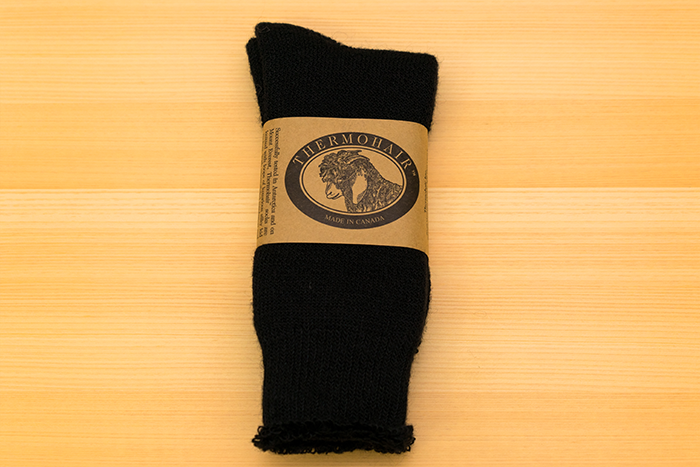
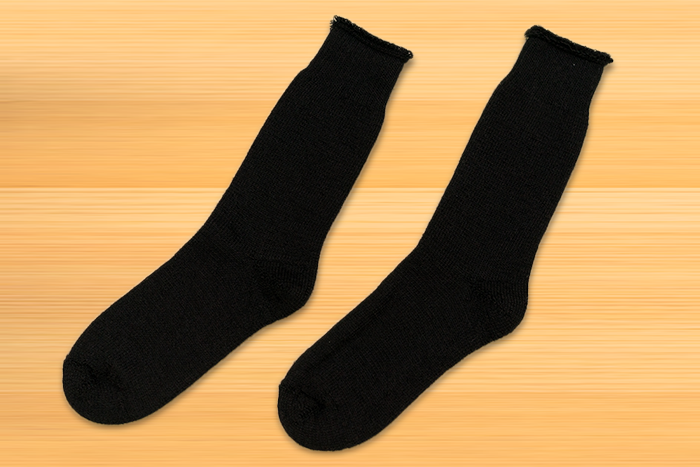
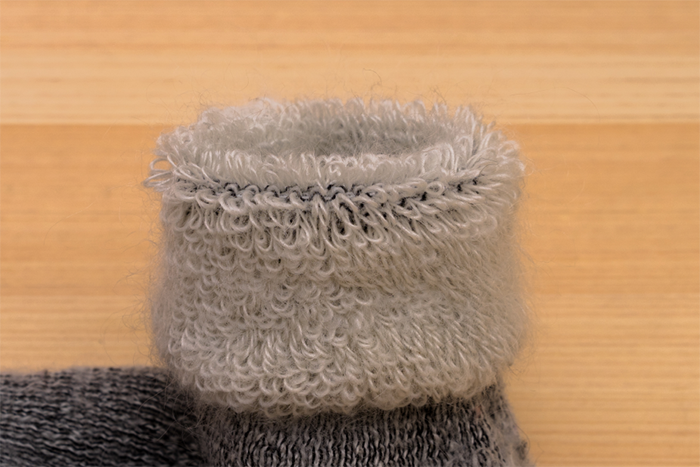

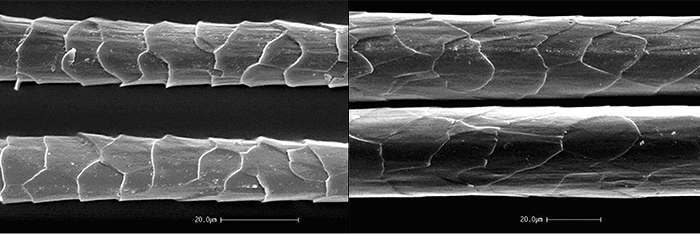
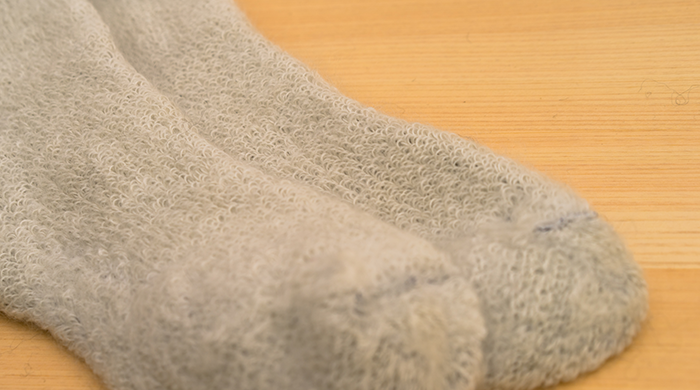



 Review: Arc'teryx Bora2 Mid GTX Mid Hiking Boots
Review: Arc'teryx Bora2 Mid GTX Mid Hiking Boots itoix running socks tabi review: Try out various summer outdoor activities with "washi yarn" socks that don't get heat
itoix running socks tabi review: Try out various summer outdoor activities with "washi yarn" socks that don't get heat [I was completely swaying...] Sockwell compression sock review: "Compression high socks" were even better than I thought. I tried out various types and looked for models that are recommended for outdoor activities.
[I was completely swaying...] Sockwell compression sock review: "Compression high socks" were even better than I thought. I tried out various types and looked for models that are recommended for outdoor activities.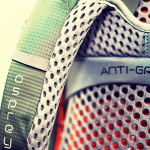 Review: OSPREY Atmos AG 65 Finally I've discovered a "wearable" backpack
Review: OSPREY Atmos AG 65 Finally I've discovered a "wearable" backpack